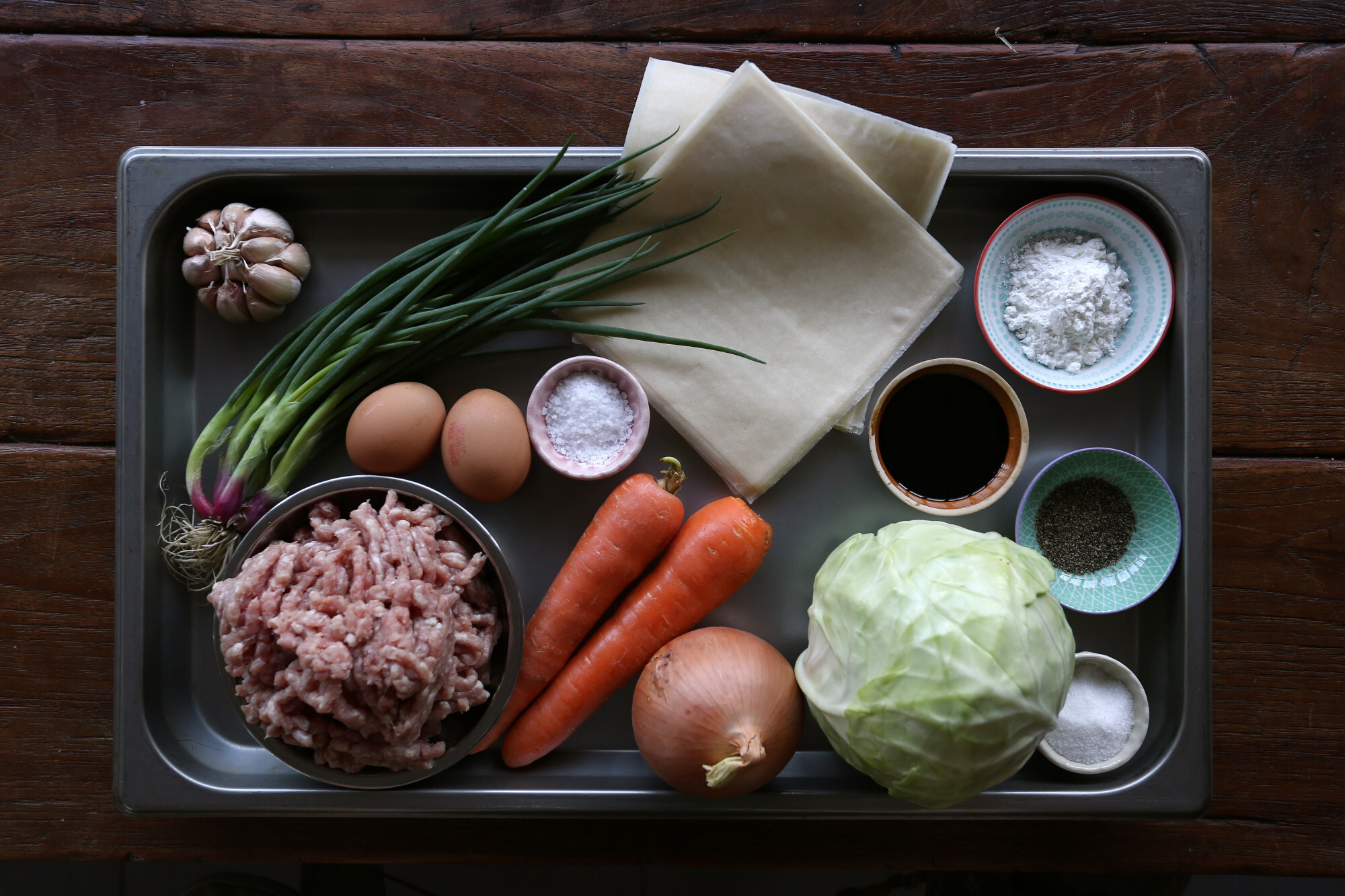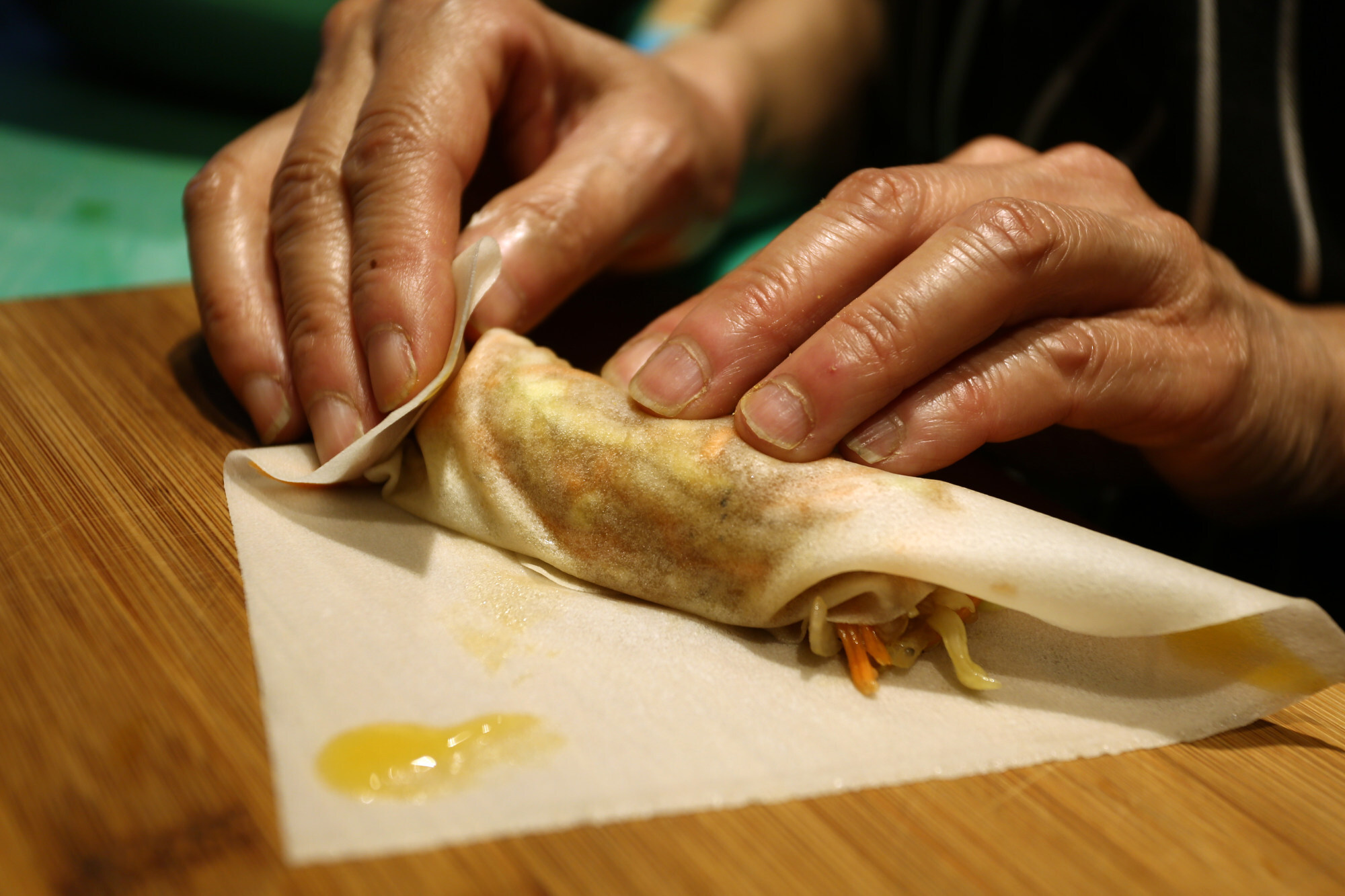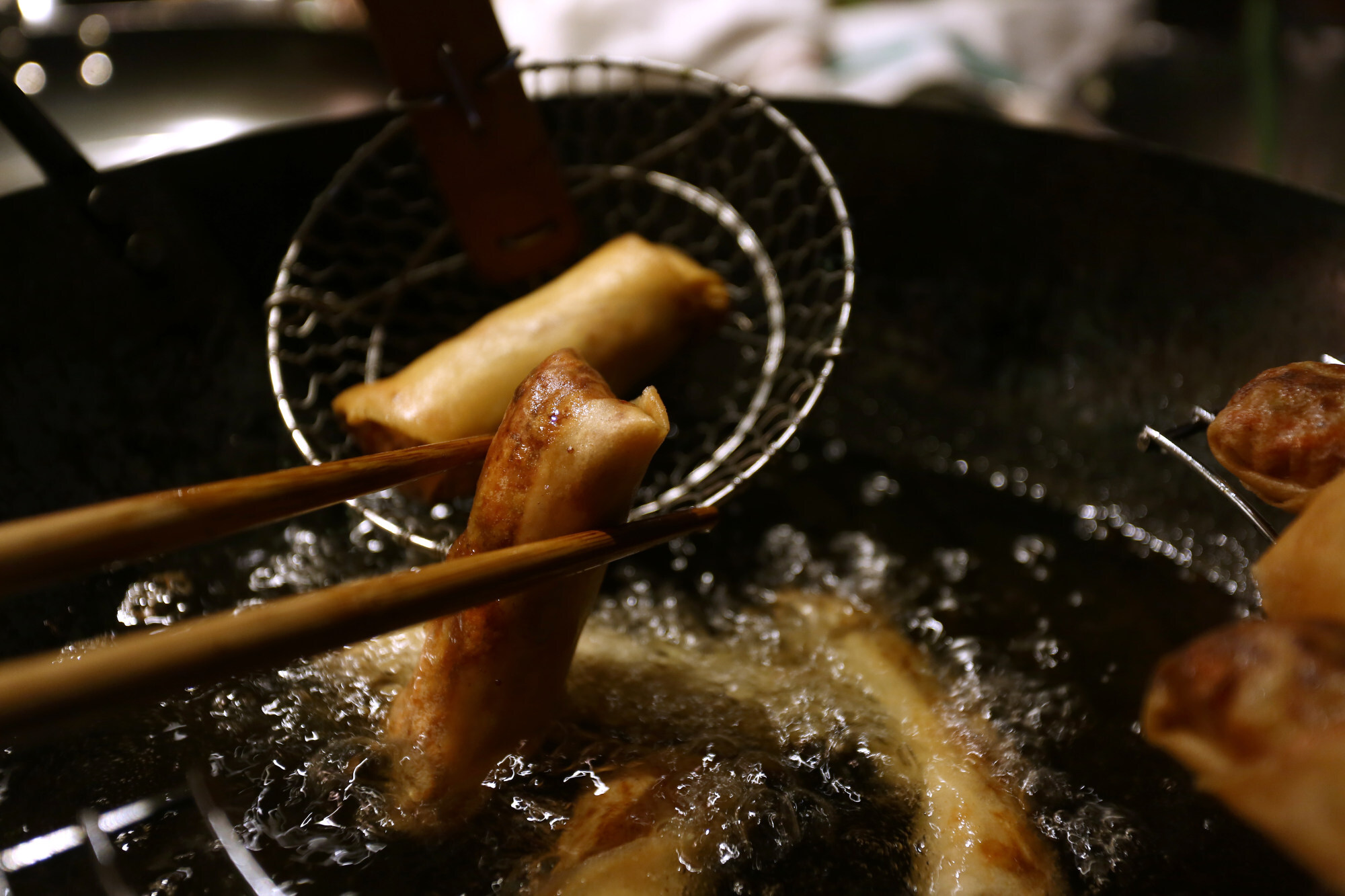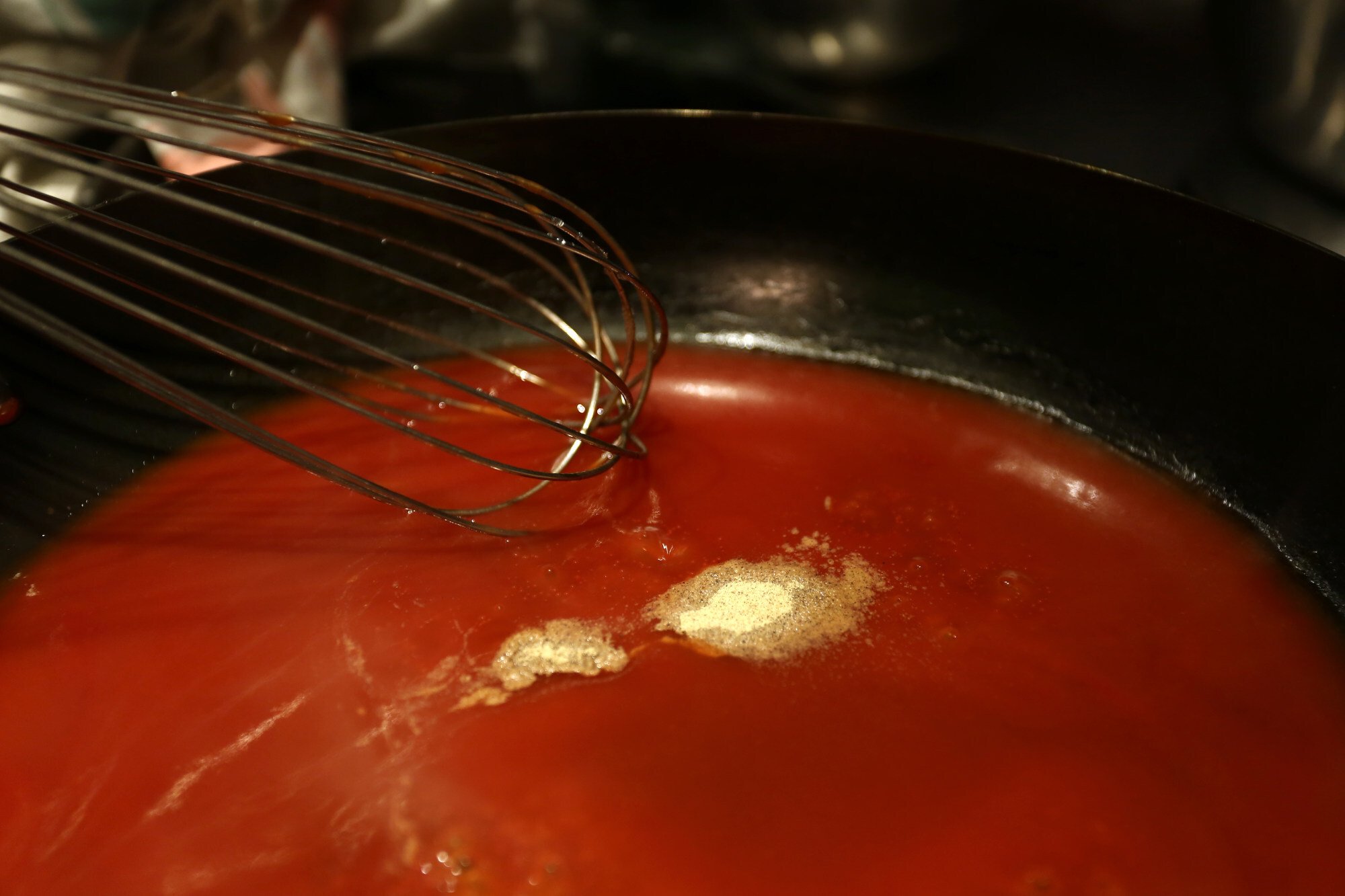
How to make lumpia Shanghai, Filipino spring rolls introduced by Chinese settlers
- The lumpia in this recipe are double-fried – the first frying cooks the filling, while the second frying heats the filling well and crisps up the wrapper
- A bonus recipe for sweet and sour sauce to dip the lumpia in is similar to the version served at inexpensive Chinese restaurants
The Filipino dish of lumpia Shanghai shows the influence of Chinese settlers on the Southeast Asian country’s cuisine.
I’ve eaten them many times at restaurants and parties – because no Filipino celebration seems complete without a big pile of lumpia on the buffet table – and no two versions were the same. The only things they had in common were that they were deep-fried, and the filling consisted of lots of vegetables and some pork.
Lumpia Shanghai
This recipe makes a lot of lumpia, but they freeze well. They are double-fried – the first frying cooks the filling, and can be done in advance. The second frying heats the filling and crisps up the wrapper, and should be done just before serving.

475 grams (17oz) green head cabbage; fine sea salt, as necessary; 100 grams (3½ oz) medium-size carrot; 75 grams (3 oz) onion; 3-5 medium-size garlic cloves, peeled; 3-4 spring onions; 10ml (2 tsp) light soy sauce; 5 grams (1 tsp) granulated sugar; 1-1½ tsp freshly ground black pepper; 200 grams (7 oz) minced pork; 1 large egg; 40-60 5-inch square (15cm x 15cm) spring roll wrappers, thawed, if frozen; cooking oil, as necessary

1 Remove and discard the core from the cabbage. Slice the cabbage into fine shreds, then put them in a bowl, sprinkle with 10 grams of fine sea salt and mix well. Set aside while preparing the other ingredients.
2 Finely shred the carrot (I use a handheld implement that looks like a vegetable peeler, but with teeth), or slice it into fine julienne.
3 Cut the onion in half, then slice it as thinly as possible. Halve the garlic cloves, then slice them into thin pieces. Cut the spring onions into 2.5cm (1 in) lengths.
4 Check that the cabbage is thoroughly wilted – you should be able to squeeze it in your hands without the pieces snapping. Put the cabbage in a colander. Squeeze handfuls of the cabbage, trying to remove as much liquid as possible, then place the vegetable in a bowl.
5 Add the carrot, onion, garlic, spring onion, soy sauce, sugar, black pepper and five grams of salt. Mix thoroughly.

6 Add the pork and egg and mix well. Heat a little oil in a skillet and fry a spoonful of the mixture until it’s cooked through, then taste for seasonings and adjust, if necessary.
7 Unwrap the spring roll wrappers. Lay one wrapper on the work surface so one of the corners is near you. Lightly dampen the far corner with water.
8 Spoon some of the filling in a strip across the wrapper, about 7cm (2¾ in) above the lower corner. Fold the lower corner over the filling, then roll it to the centre. Fold the two side corners over so they overlap over the filling, then finish rolling. Place the lumpia seam-side down on a tray or plate then use the remainder of the filling and wrappers. You will have 40 to 60 lumpia, depending on how much you fill them.


9 Pour oil to a depth of about 1.5cm (⅗ in) in a skillet and heat it over a medium flame to 170 degrees Celsius (340 degrees Fahrenheit). Fry the spring rolls in batches until the filling is fully cooked (about three minutes), turning them over as necessary. Drain on paper towels. This can be done several hours in advance (refrigerate them if it is more than two hours). They can also be frozen at this point – let them cool completely, then put them in an airtight bag or plastic container and freeze. Thaw them in the fridge before frying them a second time.
10 For the second frying, heat the oil to 180 degrees Celsius (360 degrees Fahrenheit). Fry the spring rolls in batches for about a minute, or until the filling is hot (cut one open to check) and the wrapper is golden. Drain on paper towels, then serve with sweet and sour sauce (recipe below) or vinegar mixed with chillies and a little sugar.

Sweet and sour sauce
If this sweet and sour sauce tastes familiar, it’s because it is similar to the version usually served at inexpensive Chinese restaurants, as an accompaniment to fried wonton. It also goes well with lumpia.
200 grams (7 oz) granulated sugar; 200ml (¾ cup + 1 tbsp + 1 tsp) white vinegar; 100 grams (3½ oz) tomato ketchup; 10 grams (4 tsp) cornstarch; ¼ tsp finely ground white pepper

1 Put the sugar, vinegar and ketchup in a saucepan and place it over a low flame. Heat until simmering, whisking almost constantly.
2 Put the cornstarch in a small bowl and add 20ml of cool water. Stir until smooth.
3 While the sugar-vinegar-ketchup is simmering, drizzle in the cornstarch mixture, whisking constantly.
How to make Southeast Asian ceviche with avocado and tortilla chips
4 Simmer until the mixture lightly coats the back of a spoon.
5 Whisk in the pepper, then taste the sauce for seasoning: add more vinegar, if necessary. Pour into a bowl, then serve with the lumpia.
Styling: Nellie Ming Lee Kitchen: courtesy of Culinart

